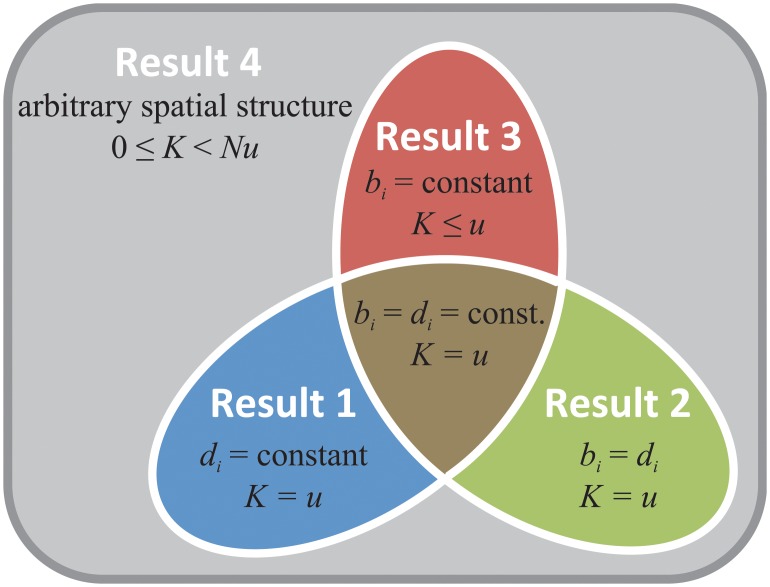Fig 1. How spatial structure affects the molecular clock rate K.
Relative to the rate in a well-mixed population (K = u), spatial structure can either accelerate (K > u) or slow (K < u) the accumulation of neutral substitutions, depending on how birth rates b i and death rates d i vary across sites. The rate is unchanged from that of a well-mixed population (K = u) if either death rates are uniform across sites (Result 1), or the birth and death rates are equal at each site (Result 2). Almost all previous studies of neutral drift in spatially structured populations fall into one of these two categories; thus the effects of spatial structure on the molecular clock rate are unappreciated. We show that, in general, K can take any non-negative value less than Nu (Result 4). If one adds the constraint that the birth rate is the same at each site, then the molecular clock rate cannot exceed that of a well-mixed population (K ≤ u; Result 3).

